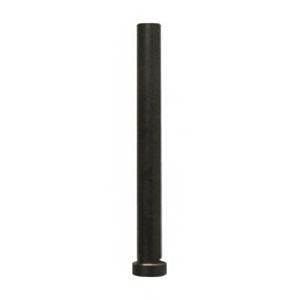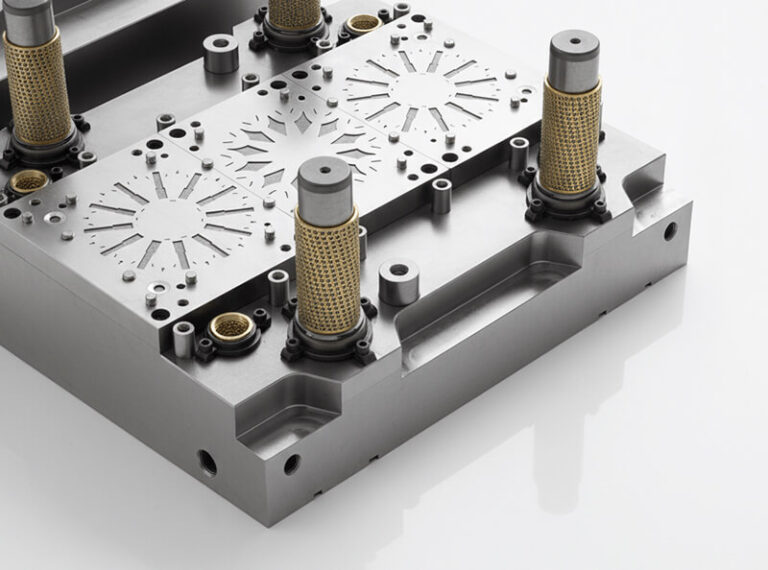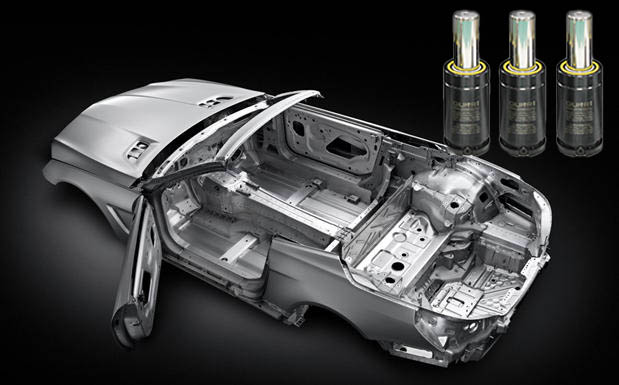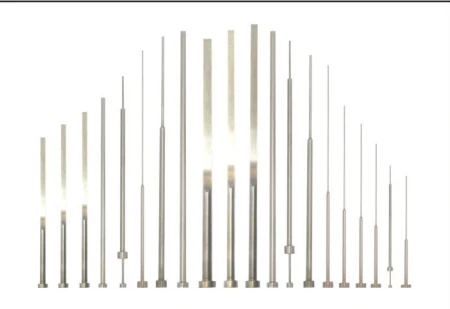Proven Strategies to Prolong the Life of Ejector Sleeves in Mold Components
Ejector sleeves are commonly used components in the mold and die industry, featuring cylindrical through-holes or blind holes on products. They are crucial for implementing the ejection mechanism in metal components. Ejector sleeves consist of two main parts: the sleeve (also known as the ejector tube) and the inner needle. The sleeve is fitted onto the inner needle and can move up and down. The inner needle is fixed on the mold base, while the sleeve is mounted on the ejector plate. During ejection, as the ejector plate moves upward, the sleeve follows suit, pushing the product enclosed on the inner needle out. To enhance the lifespan of ejector sleeves, consider the following methods:
- Proper Material Selection for Ejector Sleeves
Different ejector sleeves require different materials with varying strengths, toughness, and wear resistance. Opting for advanced materials under specific conditions can significantly increase durability. Therefore, choosing the right materials is crucial to improving the longevity of ejector sleeves.
- Refine the Design of Plastic Molds
The rational design of plastic molds forms the foundation for improving the durability of ejector sleeves. Consequently, when designing plastic molds, effective measures should be taken to address unfavorable conditions during product formation. For instance, in the design of small-hole plastic molds, special attention should be given to the ejector pins for small holes. In such cases, minimizing the length of these pins enhances their strength. Additionally, incorporating guide bushings strengthens and protects these small ejector pins. Optimal clearances for the ejector sleeves are essential, as excessively small clearances can negatively impact the lifespan and durability of the sleeves. Practical experience has shown that, without compromising product quality, slightly enlarging clearances can significantly increase the durability of ejector sleeves, sometimes by several or even dozens of times.








